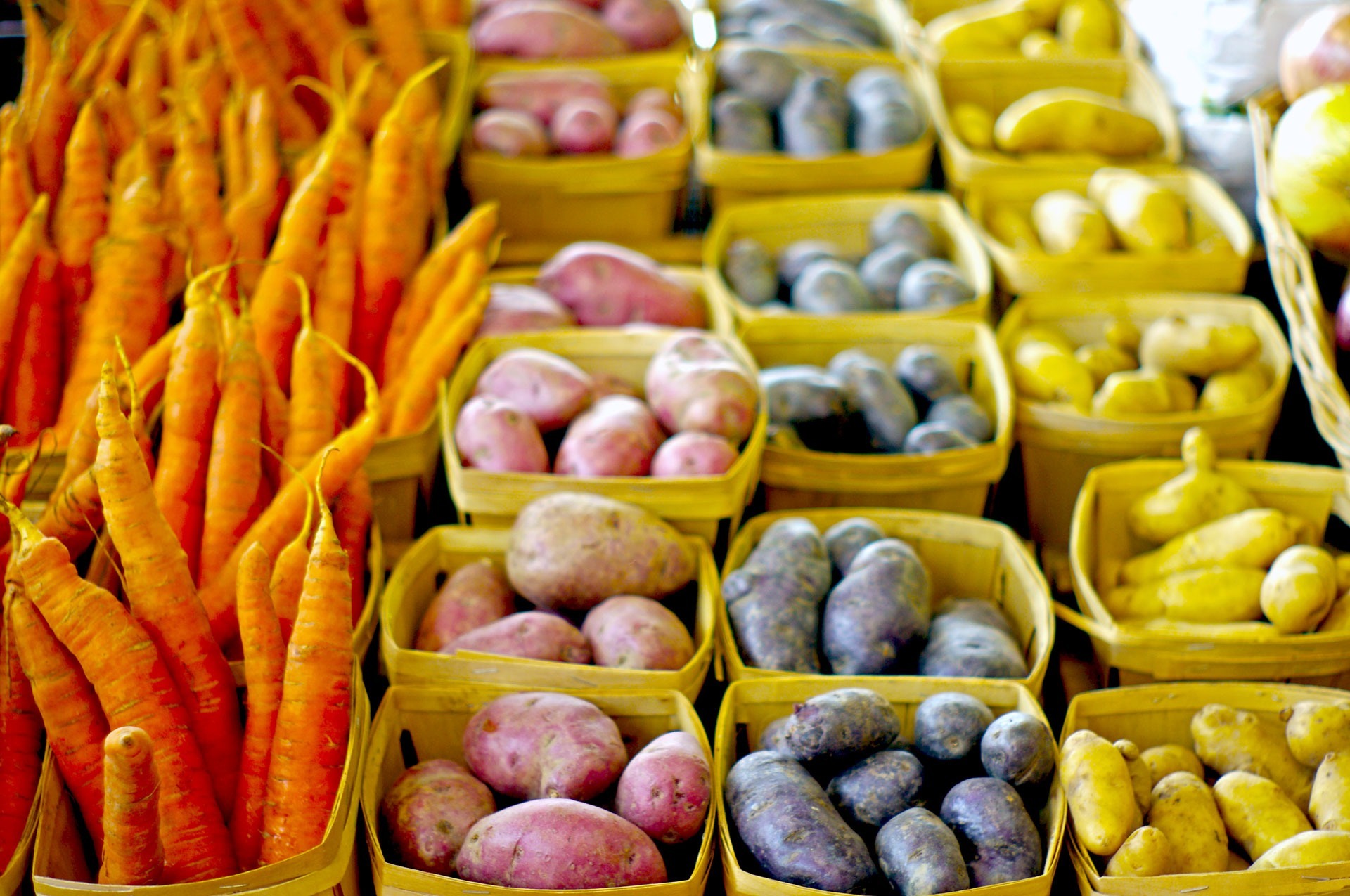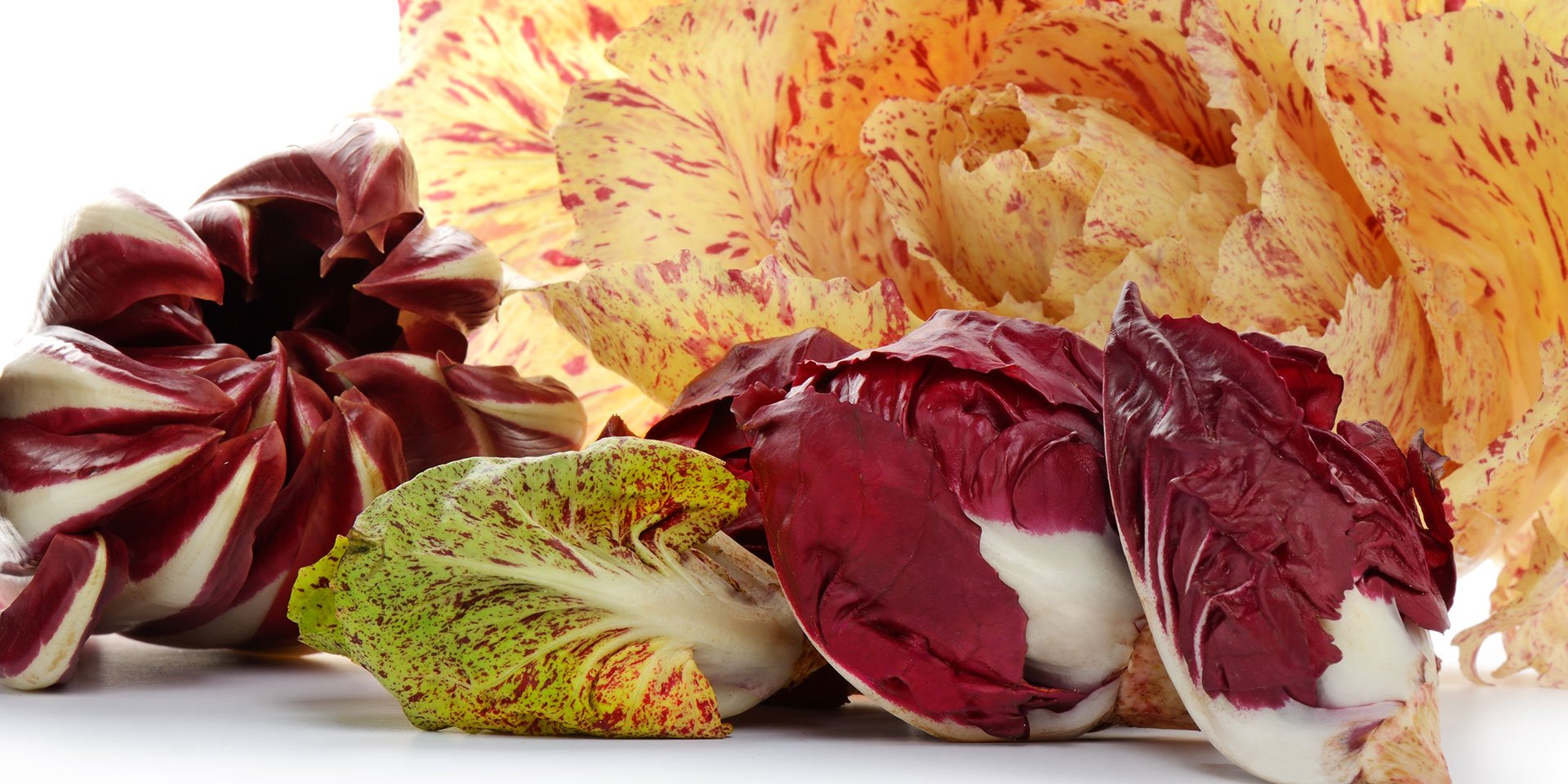Why We Celebrate Winter Vegetables
As a Professor of Practice at Oregon State University, my time is focused on supporting the local farming community. I spend a good deal of time writing grants that will fund research needed by farmers which can range from how to best manage late blight organically on a potato crop to sweet pepper trials to find which varieties grow best across many different farming environments. My first step in writing any grant proposal is talking with farmers in the community to understand their needs and priorities. Often their needs are more about marketing than research. It’s great for a farmer to figure out how to successfully grow daikon radishes but how do we get people to buy them? How do we make lesser-known vegetables that grow well for farmers in our communities marketable? This is how I initially came up with the idea for the Eat Winter Vegetables campaign that I have been running for several years in the Pacific Northwest.
Why Winter Vegetables are Sometimes a Hard Sell
From a consumer perspective, winter vegetables are under-appreciated. They are often earthy, bitter, and sulfurous in flavor. People tend to be deterred by these flavors, preferring bright and sweet. Despite being culinarily adventurous myself and having an academic background in Horticulture, I grew up in Florida in a Sicilian family and thus had little exposure to flavors like these until in my 30s. Winter produce is foreign to even dedicated main season farmers market customers as many markets only run through October or shopper attendance drops significantly due to unpleasant weather spoiling an outdoor market experience. We can all go to the grocery store during the cold, dreary, wet months and buy familiar “summer” produce any time of year from all over the world. But that doesn’t support, our local farmers which is what I designed the Eat Winter Vegetables campaign to do.
The mild climate west of the Oregon Cascades allows farmers to grow many winter-hardy crops in the field for winter and spring harvest. A wide range of alliums, leafy greens, brassicas and root crops grow well here. However, there are currently few locally grown winter vegetables in produce markets from January through April. Many European and Asian countries with similar climates have more robust local and regional winter produce markets. For farmers, winter vegetable production can provide cash flow from November to April (outside the main summer season), more consistent work for employees and year-round relationships with customers.

The Eat Winter Vegetables project goal was to increase production and consumption of locally grown winter vegetables in Oregon including three storage crops (winter squash, celeriac and garlic), and five field crops (Brussels sprouts, cabbage, cauliflower, sprouting broccoli and radicchio). We accomplished this through many different activities including organizing winter vegetables celebrations, called sagre (plural of sagra) which are Italian celebrations of food, vegetables, and locality. There are nearly 30,000 sagre in Italy annually — each one a proud salute to local traditions, community, and the food that brings people together. Our versions of a sagra were both educational and fun in hopes we could excite people with these lesser-known vegetables with delicious dishes to taste and local farmers to talk with. We also had collaborating chefs and culinary advocates create easy to make home recipes for winter vegetables since many consumers lack familiarity and understanding of how to use them in their kitchens.
Educating Consumers Starts in the Kitchen
Overall it became clear the reason most consumers weren’t buying local winter vegetables was this lack of understanding how to prepare them at home. I can’t tell you how many times I have heard someone tell me they loved a radicchio salad they had at a restaurant but when I ask how they prepare radicchio at home they tell me they don’t because they think it’s too complicated. None of this is complicated at all, it just takes a little bit of information to prepare a fabulous radicchio salad or risotto in your home. I’m excited to partner with FoodPrint to provide some of the knowledge we gained through the Eat Winter Vegetables project and hope it inspires you to eat local all year round.
Where to Find Winter Produce
Farmers in your area may offer year-round or winter community supported agriculture (CSA) subscriptions. This is my favorite as you are given a box of produce each week (or every other week is common with winter CSAs) and must figure out what to do with it farmers usually provide some recipes and if not we have a world of them available online. Farmers may sell to co-ops, small grocery stores or restaurants. You may also find year-round or winter farmers markets.
Cookbooks and Other Resources
- Eat Winter Vegetables website
- “Ruffage A Practical Guide to Vegetables.” Chronicle Books. Berens, A., E.E. Berger and L. Engelman. 2019.
- “The Book of Greens: A Cook’s Compendium.” Louis, J. and K. Squires. 2017.
- “Vegetable Literacy Cooking and Gardening with Twelve Families from the Edible Plant Kingdom.” Madison, D. 2013.
- “Six Seasons: A New Way with Vegetables.” McFadden, J. and M. Holmburg. 2017.
- “Bitter: A Taste of the World’s Most Dangerous Flavor, with Recipes.” McLagan, J. 2014.
- “Roots: The Definitive Compendium with more than 225 Recipes.” Morgan, D. 2012.
- “Super Natural Every Day.” Swanson, H. 2011.
- “Chez Panisse Vegetables.” Waters, A. 1996.
Get the latest food news, from FoodPrint.
By subscribing to communications from FoodPrint, you are agreeing to receive emails from us. We promise not to email you too often or sell your information.
More Reading
Can scorecards push supermarkets to do better?
December 9, 2024
What to know about nonstick cookware
December 6, 2024
Resources to help you pickle, ferment, jam, can and more
October 16, 2024
Quinces are due for a renaissance
September 16, 2024
Six unusual greens to try
September 4, 2024
Can sushi be sustainable?
August 26, 2024
These 5 new cookbooks will help you master late-summer eating
July 29, 2024
Cooking oils and sustainability
July 26, 2024
Celebrate seasonal eating with our 5-night late-summer meal plan
July 22, 2024
Interested in foraging your food? Try a guided tour
May 29, 2024


